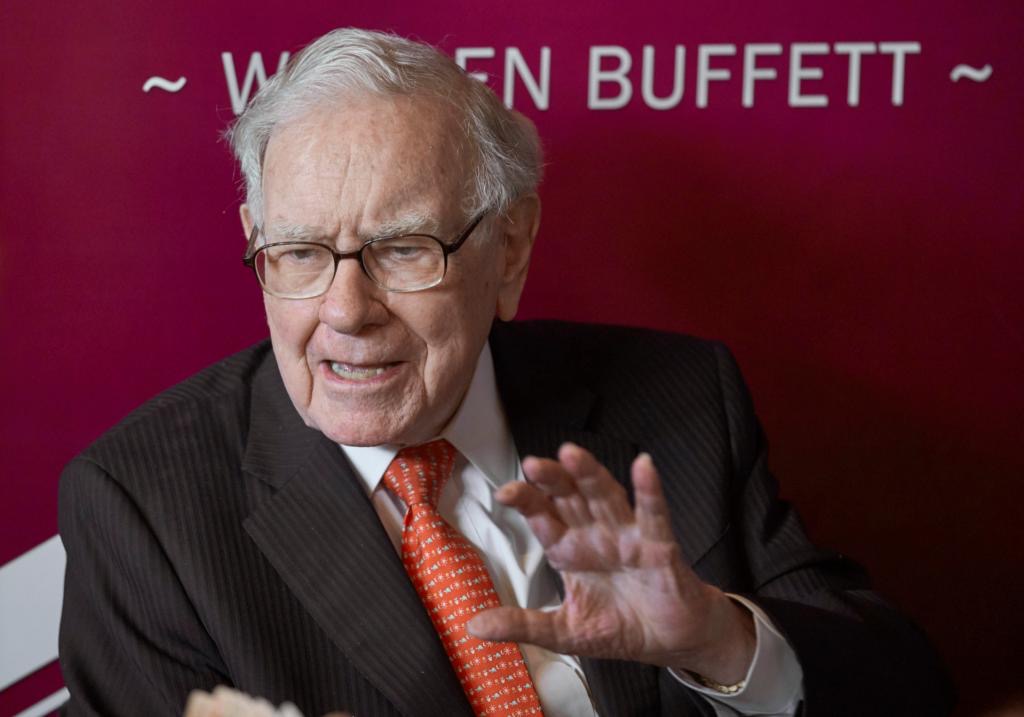
S&P Global: Two-Thirds of Costs Borne by Consumers
"Tariffs and trade barriers are equivalent to taxing the supply chain, transferring corporate cash flow to governments; logistics delays and rising freight costs have further amplified the impact. This is essentially a wealth transfer from corporate profits to workers, suppliers, governments, and infrastructure investors," said Daniel Sandberg, S&P Global researcher and author of the report.
In April of this year, Trump imposed a 10% tariff on all goods entering the United States and levied "reciprocal tariffs" on dozens of countries. Since then, the White House has successively imposed additional tariffs on specific goods or industries such as kitchen cabinets, automobiles, and lumber.
Although the Trump administration insists that the primary burden will be borne by exporting countries, research from S&P Global indicates that only about one-third of the costs are absorbed by businesses, with the remaining two-thirds being passed on to consumers.
The report also pointed out that consumers are spending more money to buy fewer goods, so the actual burden on consumers might be more than two-thirds.
"The President and the administration's position has been clear: while Americans may face a transition period as tariffs disrupt a bad status quo that has put America at a disadvantage, the cost of tariffs will ultimately be borne by foreign exporters," White House spokesperson Kush Desai said in a statement. "In response to tariffs, businesses are already shifting and diversifying their supply chains, including moving production to the United States."
Furthermore, Federal Reserve officials increasingly believe that tariffs are merely a one-time shock to prices and will not cause sustained inflationary pressure. S&P analysts also found that market consensus supports this view.
The market expects corporate profit margins to decline by 0.64 percentage points this year, with the decrease narrowing to 0.28 percentage points in 2026, and falling to 0.08-0.1 percentage points from 2027 to 2028.
"2025 is the definitive year for profit decline, while 2026 and 2027 will test the validity of market confidence in rebalancing," the report stated. "In an optimistic scenario, profit margins will eventually return to pre-tariff levels, but achieving this depends on companies' ability to respond in terms of technology, cost control, and restructuring global value chains."
















